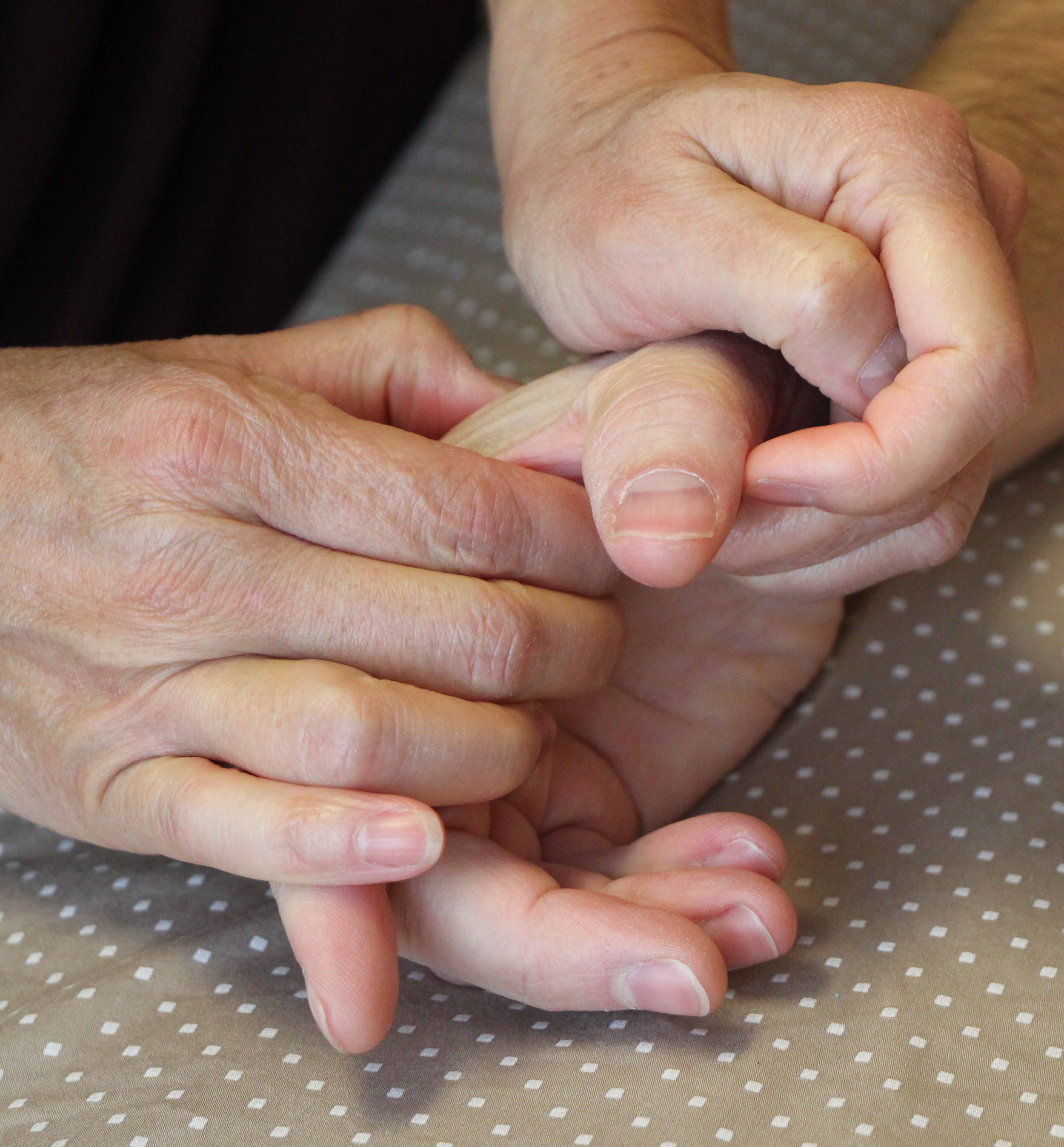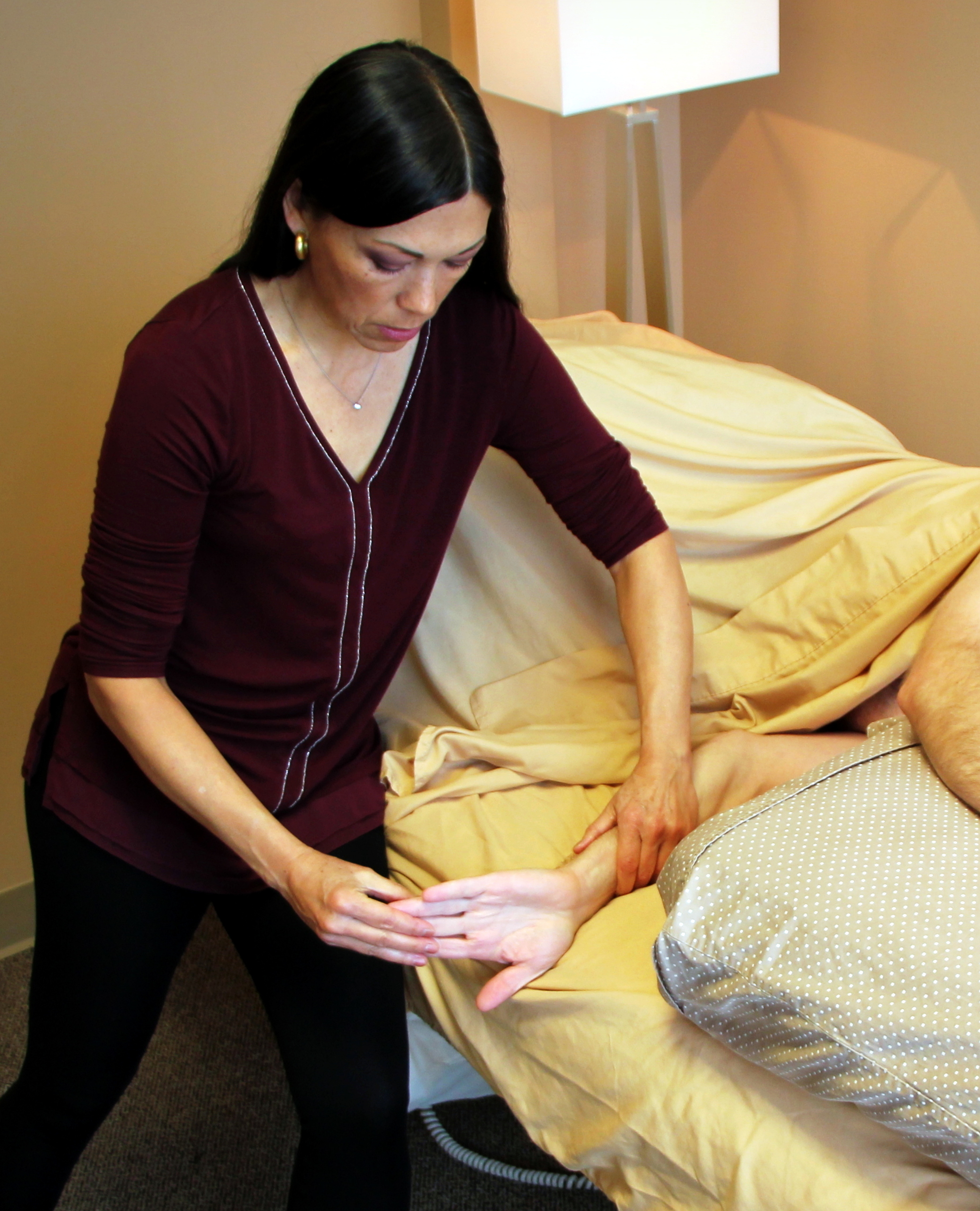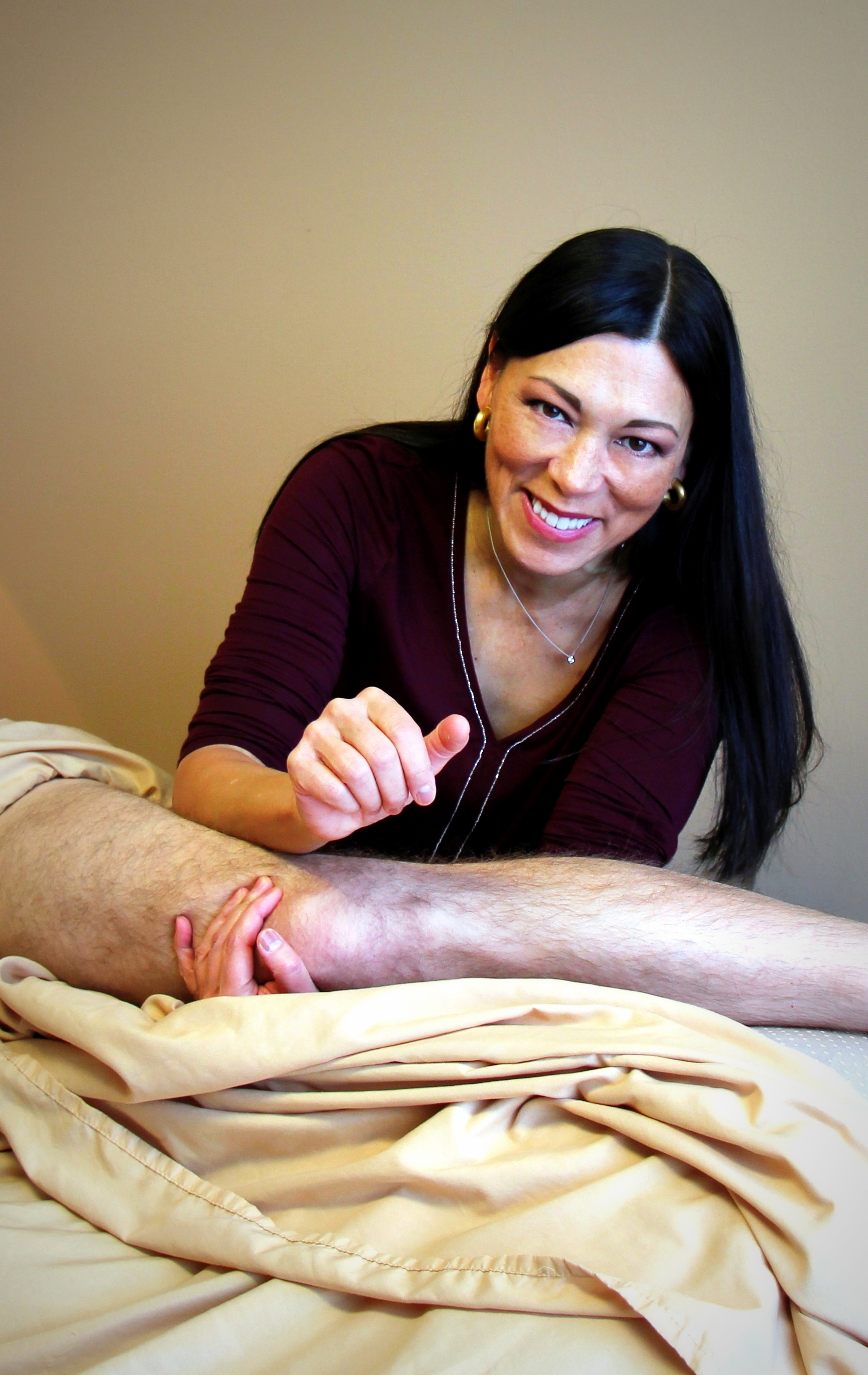
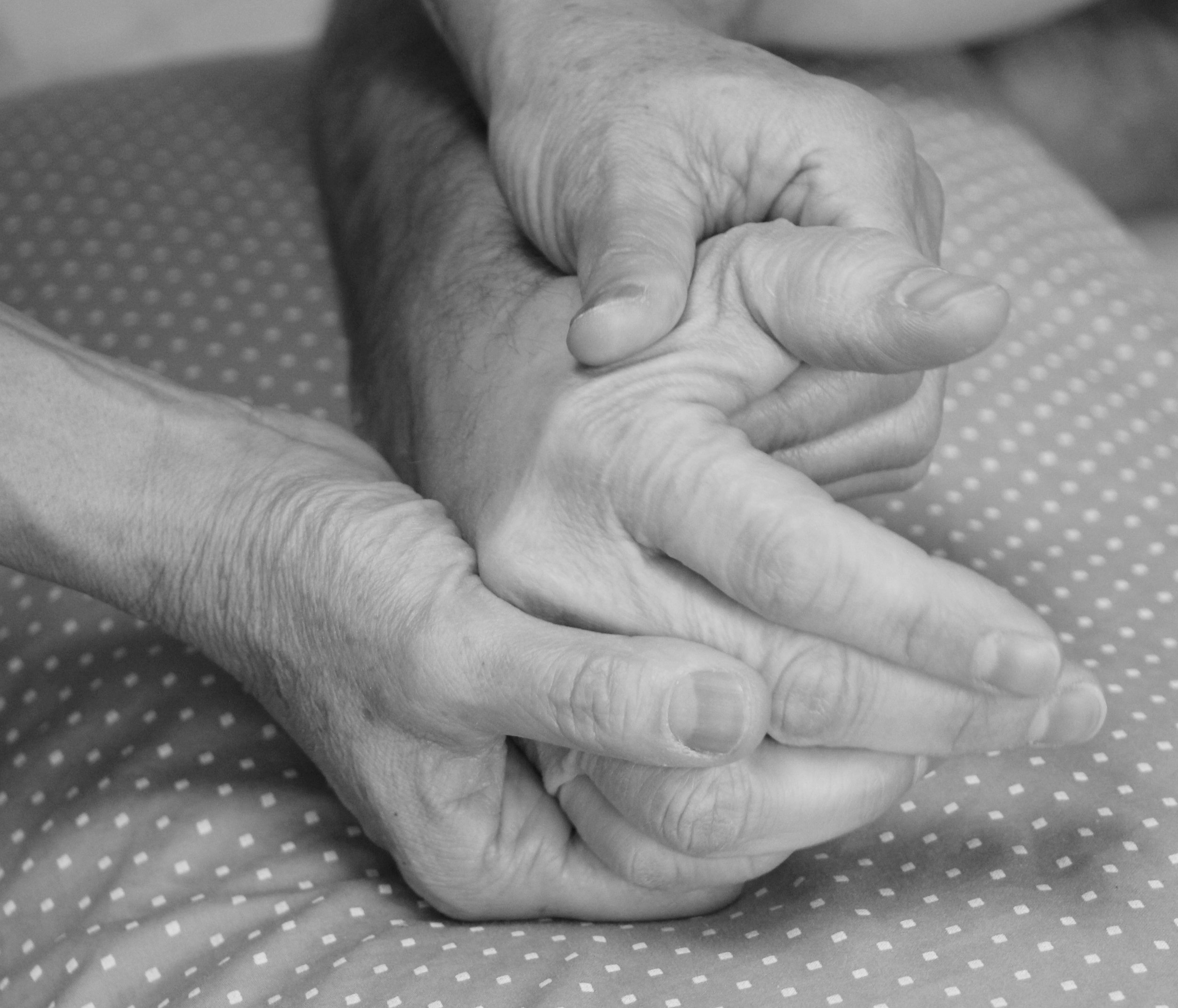
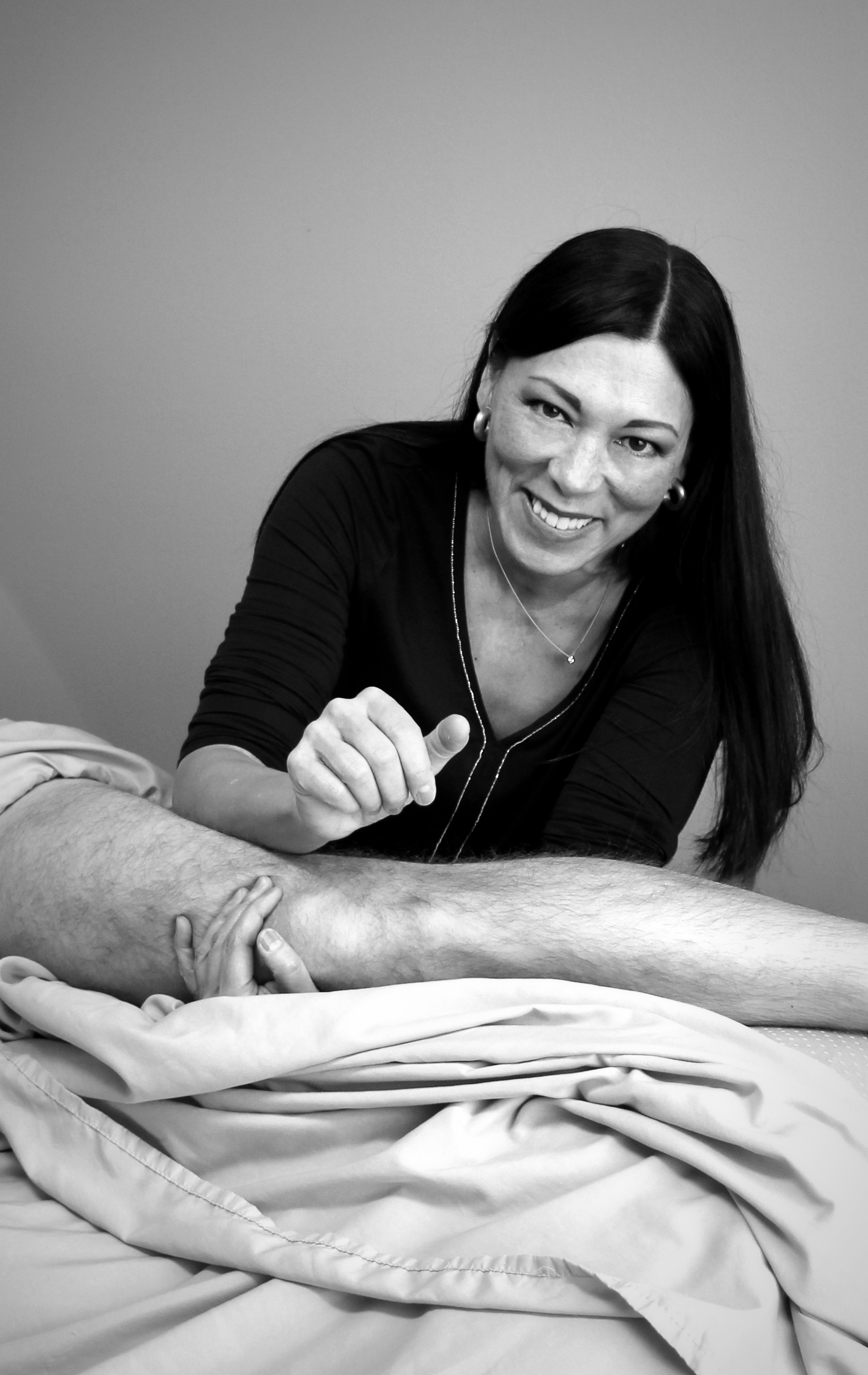
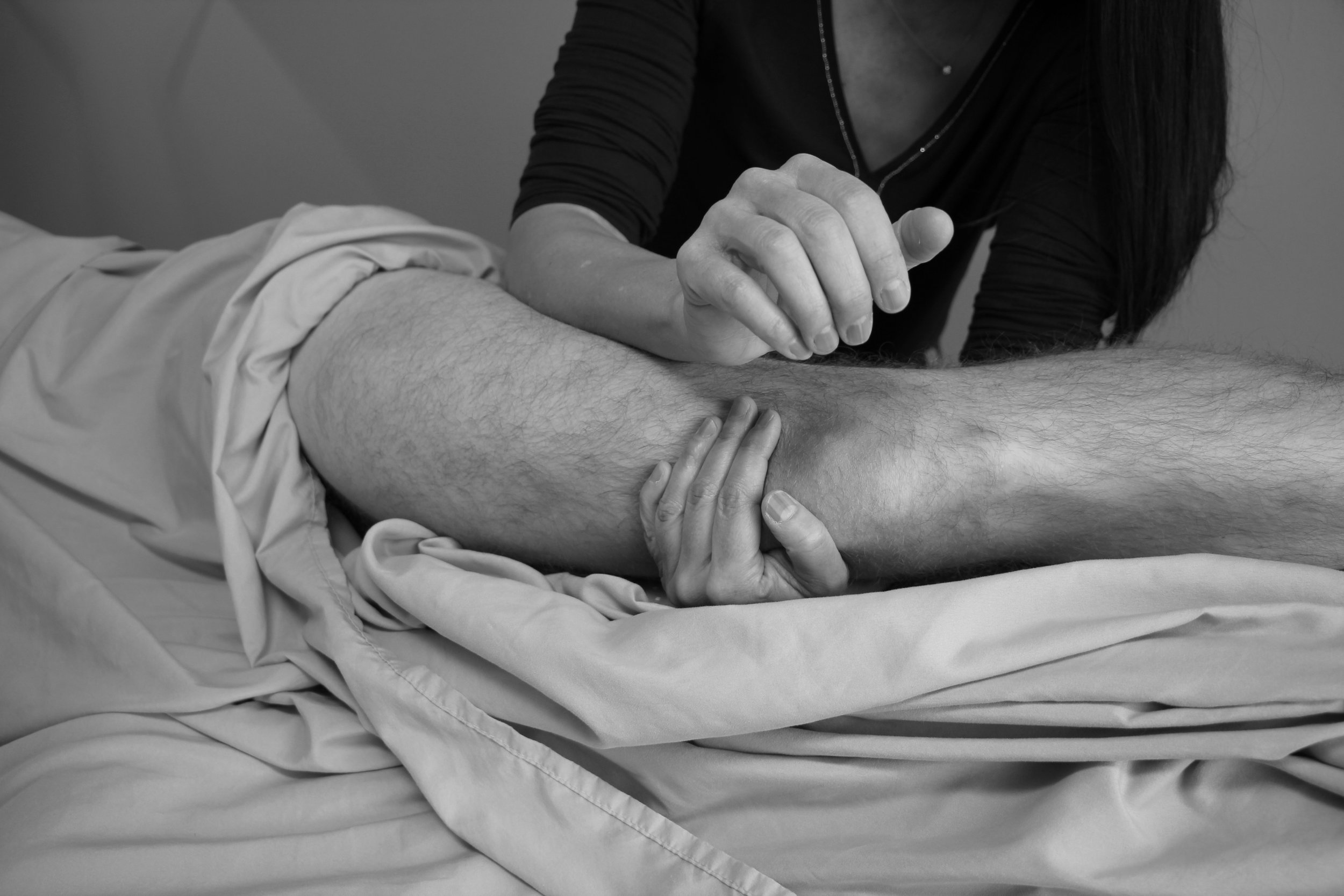
What is Structural Medicine?
Structural Medicine is a type of bodywork that brings change to connective tissue or “fascia”. The practitioner applies hands-on pressure to lengthen, differentiate and restore the original shape to the body and balance to the structure. Historically, Structural Medicine is considered a form of Structural Integration. Dr. Ida Rolf was the creator of Structural Integration, of which the practice of Rolfing—a reorganization of fascia—is the most well-known form.
Every client’s evaluation process includes a postural analysis to help assess how a person may have become “stuck” in an incorrect position over time from physical or emotional injury, work situations or leisure activities.
A tool unique to Structural Medicine offered by Erin is called Myofascial Length Testing (MFLT). This is an objective way to test the tightness of body areas and their overall relationship to each other. Not only are the test results important in forming a treatment plan, but they are also an excellent way to monitor progress for the client, referring doctors, and insurance companies.
Unlike Massage, Structural Medicine treatment is not passive. Movement is used during treatment to bring awareness to tight or weak areas. Movement is also part of the retraining process to help with changing old patterns. Finally, dialogue between the practitioner and the client is used during the session to bring awareness to places where muscles may be overworking and to identify where we hold stress. Increased self-awareness and a home program are essential to long-term results. This can include movement pattern exercises, stretching, self-release, and strengthening.
“Begin with the end in mind”
Structural Medicine can help with:
Reducing pain from muscle soreness, trauma, scar or surgery
Improving range of motion
Freedom of movement, balance and posture
Becoming more aware of your body

